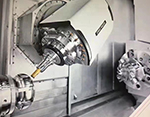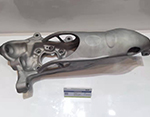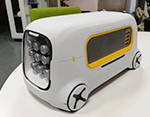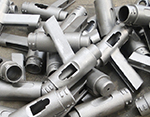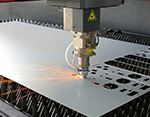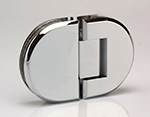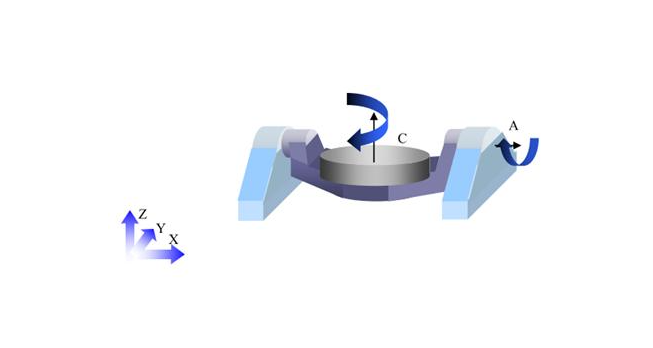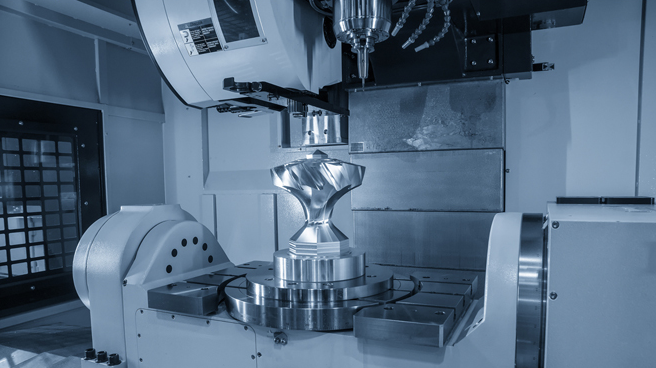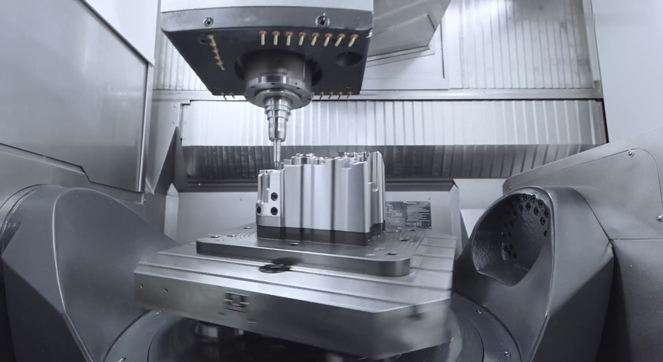-
Service
+
- CNC Precision Machining Service +
- Multi-Axis Simultaneous Machining Service +
- CNC Turning Service +
- Metal 3D Printing Service +
- Rapid Prototyping Service +
- Die Casting Service +
- Sheet Metal Fabrication Service +
-
Finish Serivces
+
- Polishing
- Grinding
- Brushed Finish
- Sand blasting
- Painting
- Powder Painting
- Anodizing
- Hard anodizing Service
- Passivation
- Zinc Plating
- Nickel Plating
- Chrome Plating
- Blackening
- Black Zinc Plating
- Teflon Coating
- Titanium Coating
- DLC Coating
- Laser Marking
- Silk Screen Printing
- Transfer Printing
- Micro Arc Oxidation
- Industries +
- About Us +
- Resource +
- Contact Us
- Quote

-
Service
-
>
-
>
-
>
-
>
-
>
-
>
-
>
-
>
-
- Industries
- About Us
- Resource
- Contact Us
What To Look For Choosing 5-axis CNC Machining?
A CNC machine operates normally along three Z, X, and Y axes. A 5-axis machine has two additional accessible axes, A and B. The addition of two additional axes makes it easy to cut complex and intricate parts. The increased use of 5-axis machines is due to their ability to reduce production times.A CNC machine operates normally along three Z, X, and Y axes. A 5-axis machine has two additional accessible axes, A and B. The addition of two additional axes makes it easy to cut complex and intricate parts. The increased use of 5-axis machines is due to their ability to reduce production times.
This article will take an in-depth look at 5-axis CNC machining.
The article will bring more detail on topics such as:
What is 5-axis CNC machining?
Advantages of 5-axis CNC machining
Considerations when choosing 5-axis CNC machining
What is 5-axis CNC machining?
A CNC machine operates normally along three Z, X, and Y axes. A 5-axis machine has two additional accessible axes, A and B. The addition of two additional axes makes it easy to cut complex and intricate parts. The increased use of 5-axis machines is due to their ability to reduce production times.
The use of spinning cutting accessories enables CNC machines to quickly obtain the required part geometry. As the table is positioned and rotated from all five axes, the amount of stress on the cutting machine is reduced, thus extending the life of the CNC machine.
Advantages of 5-axis CNC machining
5-axis machining offers the unique advantage that the milling machine and the part can move in up to 5 ways around multiple axes at the same time. As a result, 5-axis machining enables complex parts to be produced in a cost-efficient manner.
The following are details of the advantages of 5-axis CNC machining.
Reduced number of setups. If machining is required on multiple faces, 3-axis machining requires several setups to obtain the required geometry by manually rotating the part. With 5-axis machines, fewer setups are required to create parts with complex geometries.
The need for complex fixtures can be avoided. During 3-axis machining, complex fixtures must often be used to keep the part in the desired orientation. With two additional axes, 5-axis machining allows the manufacturer to avoid creating these fixtures as the part is held in one position on the part and rotated to produce the geometry.
Improved material removal efficiency. 5-axis machining allows the cutting tool to be tangential to the cutting surface. As a result, cycle times can be reduced and costs reduced as the amount of material removed per pass of the cutting tool is increased.
Superior surface finish. During 3-axis machining, a large number of smaller cuts must be made to produce the required surface finish, which increases costly lead times. In contrast, 5-axis machines can produce a better surface finish due to their excellent performance in terms of contour geometry.
Considerations when choosing 5-axis CNC machining
Enough CNC Processing Power
It is important to ensure that the CNC controller has sufficient processing power to calculate, control, and account for the number of axes being used simultaneously.
Matching the look-ahead function to the machine type
The look-ahead function for a four-plus one (4+1) axis machine must be at least 200 blocks. For more complex 4-axis machine sequences, 400 blocks are better. For a complete 5-axis synchronous program, a faster-calculated CNC control is required. This could be a voluntary look-ahead function of 1000 blocks, offering extremely high calculation speeds.
Adequate rigidity and power for machine tool spindles
Sufficient stiffness and power of machine tool spindles are both relevant factors but are sometimes overlooked. However, a strong spindle needs to be supported by a more robust mechanical design. The heart of a 5-axis CNC machining center, the machine tool spindle, must not only be strong enough to withstand the loads and stresses applied to it but also have sufficient reserves to the limit, in order to ensure error-free, smooth cutting. Depending on the part to be machined, a less powerful spindle of 11kW to 15Kw with a maximum torque of less than 100 Nm may limit the machine's capacity. Such machines may be affordable in the short term, but not so much in the long term.
Suitable Tool Holding System
It is important to check whether the tool holding system used is HSK or BBT to eradicate vibration. They must provide an optimum connection between the tool holder and spindle under all machining conditions and at all times.
Ability to adapt to cutting feed rates and conditions
Depending on machining requirements, it may be necessary to maintain a constant cutting feed rate or to vary it for different cutting conditions. In such cases, a machine that can better control each situation to improve the cutting feed rate is required.
Spindle thermal control and cooling management
As the core of any CNC machine - and especially for 5-axis CNC machines - it is relevant to monitor the thermal control in the frame and spindle. Doing so will not only help to extend the life of this important mechanism; but it will also provide better precision and quality for the machined parts. To avoid overheating of the spindle, the spindle housing and the front end of the spindle must be cooled effectively. Preventing heat is essential in intense machining tasks to control and reduce the heat generated by bearings and motors at higher speeds and longer machining cycles.
The built-in spindle allows the motor to work inside the spindle housing. Therefore, the spindle housing and spindle head must be successfully cooled in sections.
Perhaps you are also interested in the: What Is the Difference between 3-axis and 5-axis CNC?

